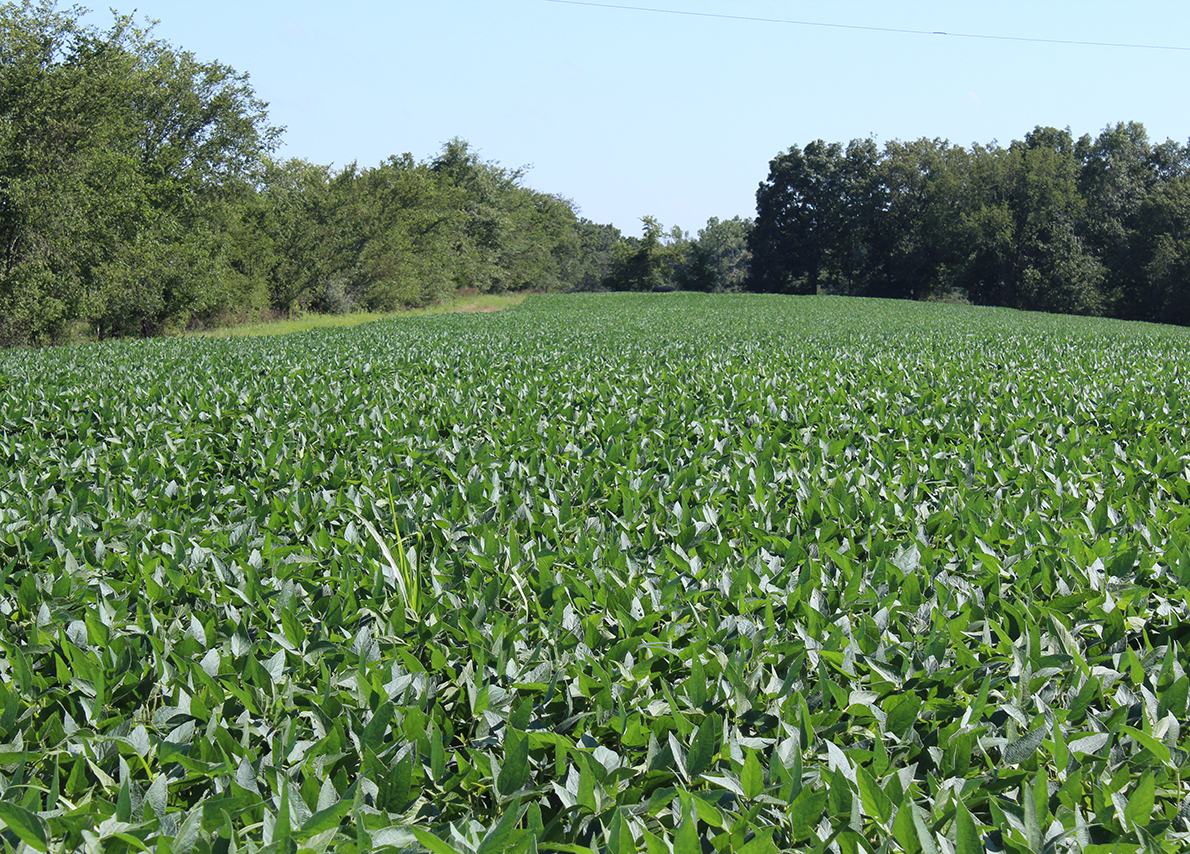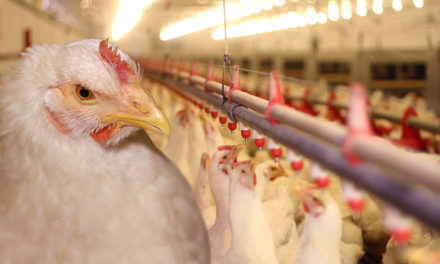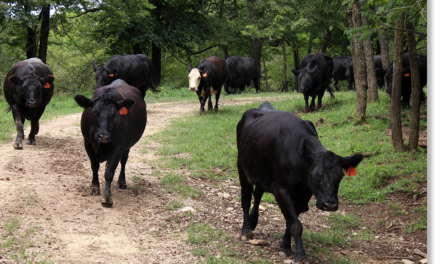Rural America
A Missouri Rural Crisis Center WebsiteHoward County, Missouri. Photo by Nic Paget-Clarke.
Darvin Bentlage is a fourth-generation cattle and grain farmer from Barton County and a member of Missouri Rural Crisis Center.
August 13, 2023
The 2023 farm bill needs to benefit Missourians who grow our food, not corporations
by Darvin Bentlage
The 2018 U.S. Farm Bill is set to expire on Sept. 30, at which time either a new farm bill will have passed, or the current version will be extended or expired. Right now, indicators are pointing toward the current farm bill being extended, which also happened in 2012, resulting in the 2014 bill. This will be the nation’s 19th farm bill.
Let’s start at the original purpose of having a farm bill. The period from 1909 to 1914 was known as the Golden Age of Agriculture, when prices paid to farmers covered their input cost plus a good livable wage (also called “parity”). After World War I, there was a significant drop in U.S. crop prices. Farmers responded as they do now and produced more crops and plowed more land, which —coupled with drought — resulted in the Dust Bowl and intensified the Great Depression.
Originally, farm bills had three goals: Keep food prices fair for farmers and consumers; ensure an adequate food supply for our country; protect and sustain the country’s vital natural resources.
The last time you might have heard of parity was during the agricultural movement in the late 1970s and ‘80s, when farmers were demanding political attention to address the realities of an agriculture industry in collapse. The political response to that farm crisis was the 1985 version of the farm bill, which could have created policies to alleviate low prices paid directly to farmers and saved hundreds of thousands of U.S. farms — but instead fell decidedly short. For example, it omitted an amendment that farmers across the country were demanding that would have created important supply management policies, mitigated low prices and created stability in commodity markets.
TIMING MATTERS WITH COMMODITY PRICES
Another significant change came in 1996’s so-called “Freedom to Farm” bill, which eliminated the last example of supply management programs for major commodities. The bill proved enormously costly, as prices plunged following its passage and Congress was forced to approve multiyear emergency payments to prevent another full-blown farm crisis.
The 2014 U.S. Farm Bill was written and passed during a time of relatively high grain prices, and it eliminated direct payments to farmers and instead developed safety nets in the form of government subsidized insurance programs. Soon after, commodity and cattle prices plummeted and farmers lost money until 2021. It is always questionable when writing a farm bill in times of high commodity prices. For decades, I’ve been suspicious of why prices always seem to go up right before Congress starts writing a farm bill.
Fast forward to the present. Prices paid to farmers are relatively high, but our costs to produce grain and livestock are also at an all-time high. Fertilizer and fuel costs have more than doubled, and interest rates on the loans that most if not all farmers have to use to get a crop in the ground have exploded. Farmers are aging out, and the next generation isn’t coming back to the farm — not because they don’t want to, but because volatility in income makes it difficult to survive and make a livable wage in farming.
Land is changing hands, and large chunks are going to absentee investors, from billionaires and professional athletes to Wall Street bankers and foreign corporations. To stop this trend, we need policies and structural reform that allow for farmers to get paid a fair price and living wage from the market — in other words, from multinational corporations that currently benefit from cheap commodities and taxpayer subsidies.
BOOST NUTRITION ASSISTANCE PROGRAMS LIKE SNAP
We need to take a different approach, and the 2023 U.S. Farm Bill is a good opportunity to take the first steps.
Let’s think outside the corporate mindset and create policies that create a fair exchange value for agriculture and food products. Let’s stop the economic and political power of multinational agribusiness corporations that aim to replace independent family farms with industrial factory farms. Let’s enforce antitrust laws and address corporate concentration and vertical integration of the food industry. Let’s bring back mandatory country of origin labeling for all meat on our grocery store shelves. Now, that’s a start.
Oh yeah, with budget hawks eyeing the farm bill for reducing the deficit, let’s not do it on the backs of the less fortunate by cutting SNAP — aka food stamps — and the Women, Infants and Children program, which are important to urban and rural people alike. This strategy is just a ploy by corporate lobbyists and politicians (who do it every farm bill cycle), to get the same status quo policies that are bad for farmers, consumers and our environment, making people poor and causing them to need food assistance in the first place.
As farmers, consumers and Americans, if we forget the lessons of the past, we are doomed to repeat them. Remember the original intent of the farm bill was to protect all aspects of a vital industry, not the interest of corporate lobbyists.
.






